Mastering the Art of French Cuisine: A Culinary Journey of Techniques and Flavors
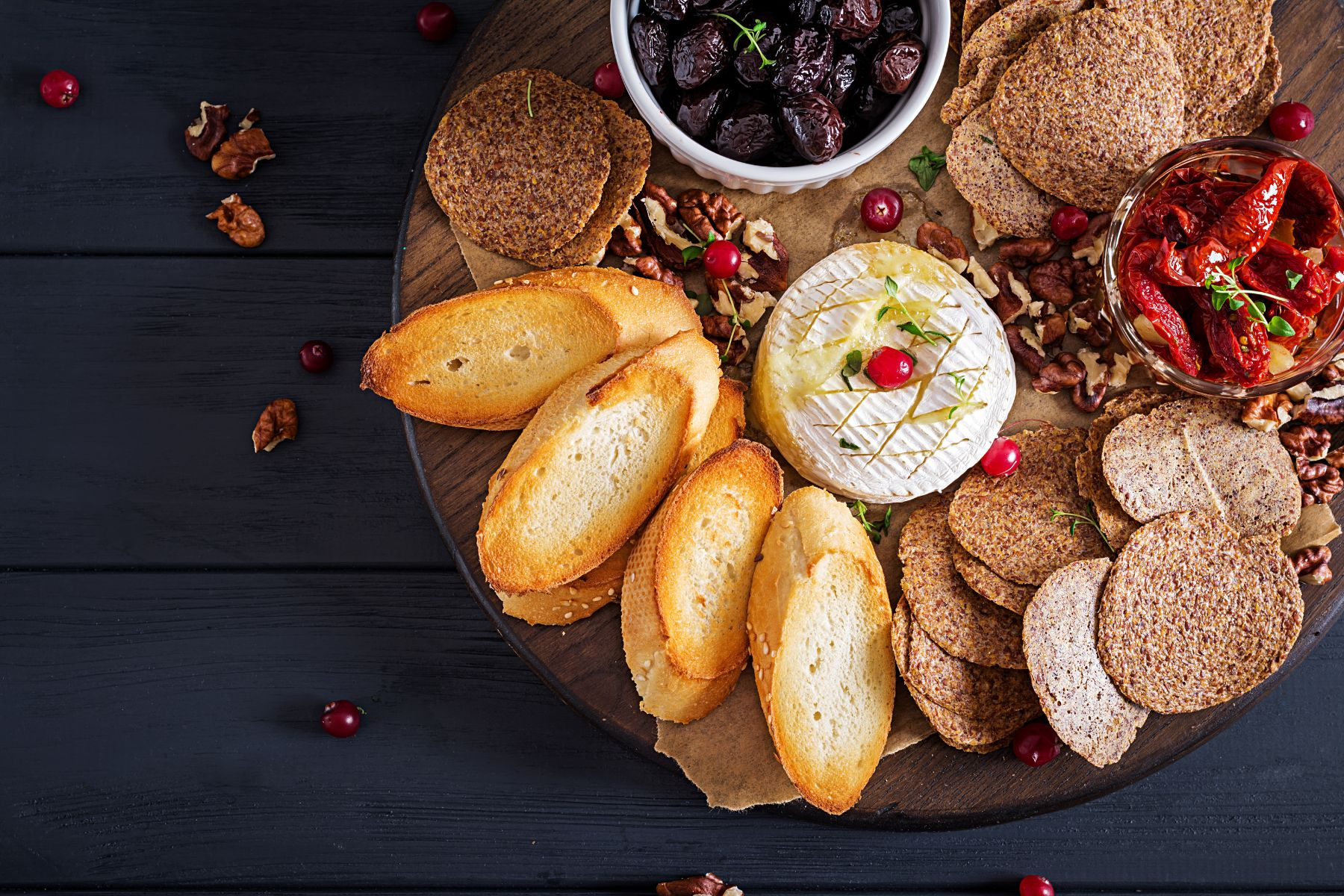
In the world of culinary arts, few cuisines rival the rich and storied tradition of French cooking. Renowned for its exquisite flavors, meticulous techniques, and diverse regional influences, French cuisine has long held a special place in the hearts of food enthusiasts worldwide. Join us on a culinary journey as we delve into the fascinating history, cooking styles, and unique aspects that make French cuisine a true masterpiece.
Setting the Stage: French Cooking's Global Influence
French cuisine, a term synonymous with elegance and culinary excellence, has transcended borders to become a global culinary icon. Its influence on the culinary world is undeniable, shaping the way we perceive food, techniques, and dining experiences. In this exploration, we embark on a journey to master the art of French cuisine, uncovering the secrets behind its time-honored techniques and flavors.
The Allure of Mastering the Art of French Cuisine
What makes French cuisine so captivating? Is it the exquisite use of fresh ingredients, the precision of culinary techniques, or the cultural tapestry that weaves through each dish? As we dive into the depths of French cooking, these questions will be answered, and you'll discover why mastering the art of French cuisine is a culinary journey like no other.
The Rich History of French Cuisine
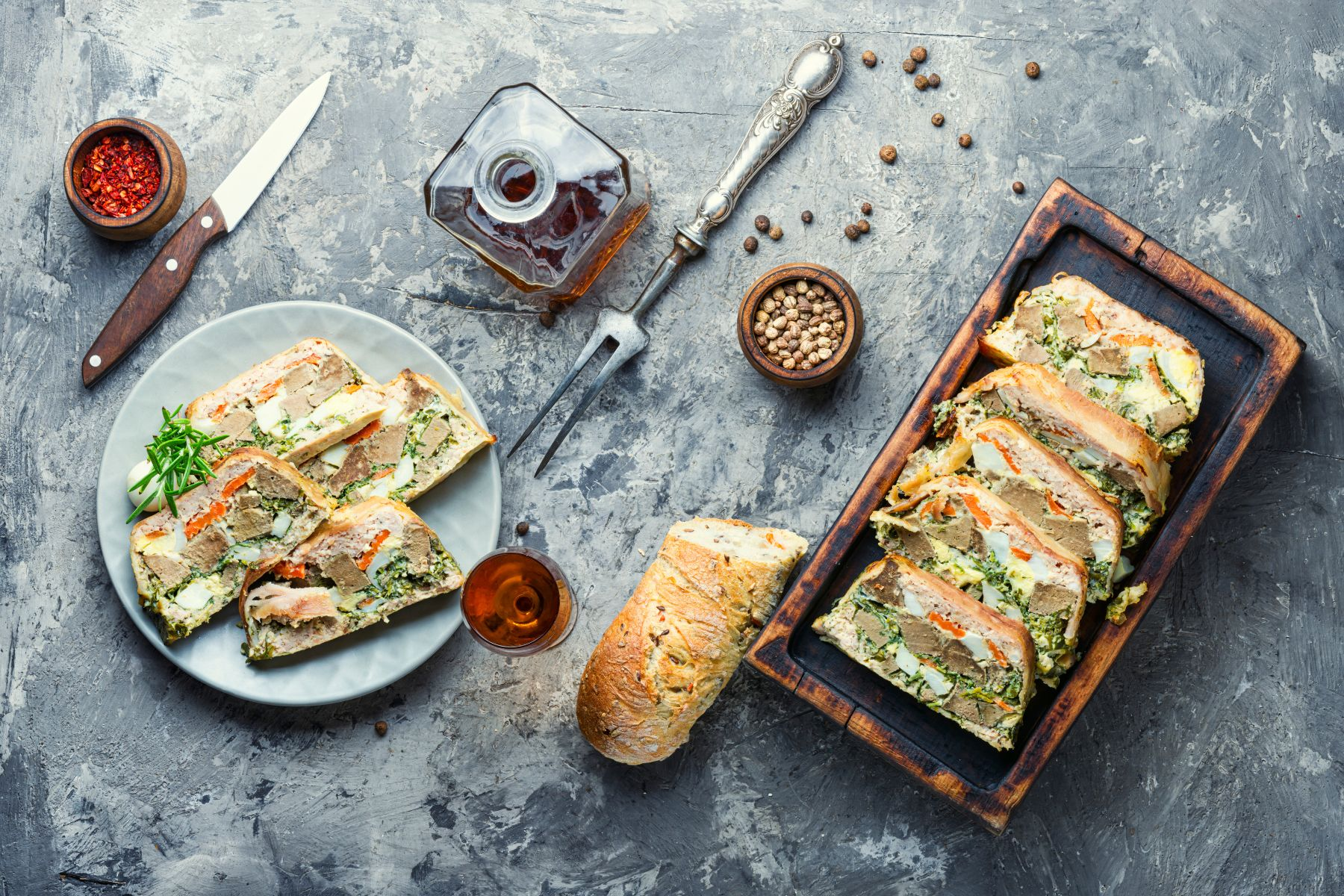
Early French Cuisine
To truly appreciate the mastery of French cooking, we must journey back to its roots. Early French cuisine, with its foundations in medieval traditions, laid the groundwork for the culinary excellence we recognize today. In the Middle Ages, French cooks began crafting dishes that combined flavors in unique ways, experimenting with spices and herbs to create a distinct culinary identity.
Later Italian Influence
During later periods, French cuisine experienced a transformative influence from Italian cooks. The exchange of culinary knowledge between these two cultures brought about a fusion of flavors and techniques that enriched French cooking. It marked a turning point, elevating French cuisine to new heights and setting the stage for the culinary renaissance that followed.
Advent of French Courses
As the Renaissance unfolded, so did the structure of French meals. The advent of French courses, each meticulously prepared and presented, reflected a growing emphasis on the dining experience as a form of art. This culinary evolution laid the groundwork for the sophisticated and multi-course meals we associate with French dining today.
Historical Chefs Shaping Traditional Dishes
French chefs throughout history played a pivotal role in shaping traditional dishes. Icons like Carême, Montagné, and Escoffier not only contributed to the refinement of French cuisine but also left an indelible mark on culinary arts globally. Their innovations in cooking techniques and presentation elevated French gastronomy to unparalleled levels.
1. Carême
One of the pioneering figures in French cuisine, Marie-Antoine Carême, revolutionized culinary arts during the 19th century. His emphasis on meticulous preparation and presentation laid the foundation for the grandeur associated with French cooking.
2. Montagné
Auguste Escoffier, another culinary luminary, continued Carême's legacy into the 20th century. His contributions include refining traditional French recipes and codifying the culinary principles that still guide chefs worldwide.
3. Escoffier
The legacy of Escoffier, often referred to as the "king of chefs and the chef of kings," resonates in every corner of the culinary world. His influence extended beyond the kitchen, shaping the very essence of French cuisine.
Nouvelle Cuisine Is Born
In more recent history, the emergence of Nouvelle Cuisine challenged traditional norms, emphasizing simplicity, fresh ingredients, and artistic presentation. This movement reflected a shift towards lighter, more innovative dishes that celebrated natural flavors, marking another chapter in the ever-evolving story of French cooking.
Enjoying French Food
As we explore the historical timeline, we must not forget the joy of savoring French food. Whether in a quaint bistro or an elegant restaurant, the dining experience in France is a celebration of flavors, textures, and cultural heritage.
French National and Regional Cuisine

French National Cuisine Overview
French national cuisine is a mosaic of flavors that reflects the essence of the country's culinary identity. From the bustling streets of Paris to the serene countryside, each region contributes unique dishes, creating a diverse and rich tapestry. An overview of French national cuisine is essential to understanding the depth and variety that makes it a global culinary phenomenon.
French Regional Cuisine Diversity
Delving into the heart of French cuisine reveals a remarkable diversity in regional specialties. From the Provencal delights of the south to the hearty dishes of Alsace in the northeast, each region boasts distinct culinary traditions. Exploring French regional cuisine provides a glimpse into the cultural and geographical influences that shape the flavors of each locality.
Styles of French Cooking
Haute Cuisine
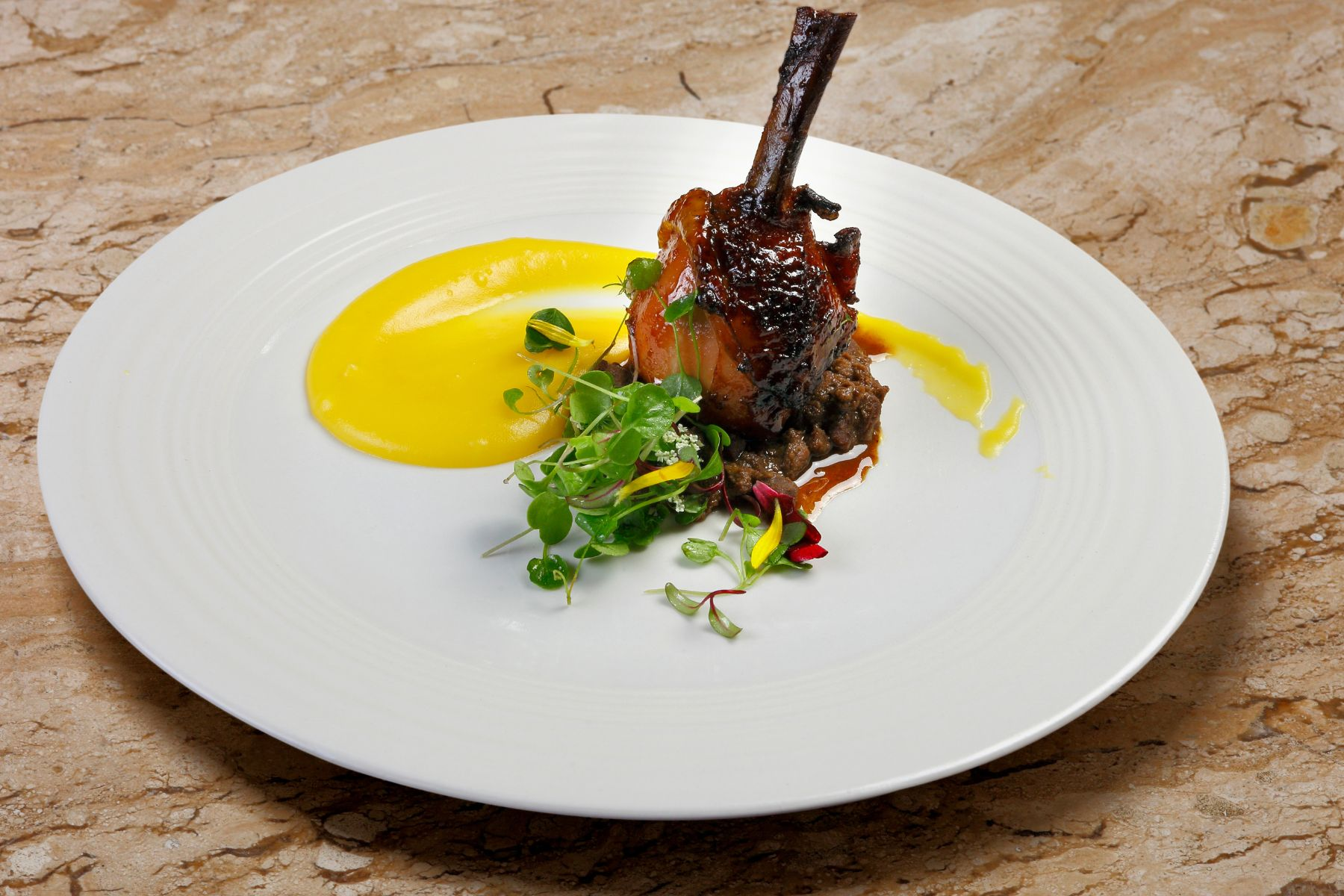
1. What Is Haute Cuisine?
Haute Cuisine, or high cooking, represents the pinnacle of culinary artistry. It goes beyond mere sustenance, elevating food to an art form. Understanding the essence of Haute Cuisine is key to appreciating the sophistication and precision that define French cooking at its highest level.
2. The Advent of Haute Cuisine
The birth of Haute Cuisine can be traced to the 19th century when chefs like Marie Antoine Carême and Auguste Escoffier refined culinary techniques, emphasizing intricate preparation and elegant presentation. This marked a departure from traditional cooking styles and laid the foundation for the haute cuisine we know today.
3. Differences between Fine Dining and Haute Cuisine
While fine dining is a broader term encompassing various culinary styles, Haute Cuisine specifically refers to the highest form of culinary art. It is an immersive experience that goes beyond the flavors on the plate, incorporating elements of art, culture, and sophistication.
Nouvelle Cuisine
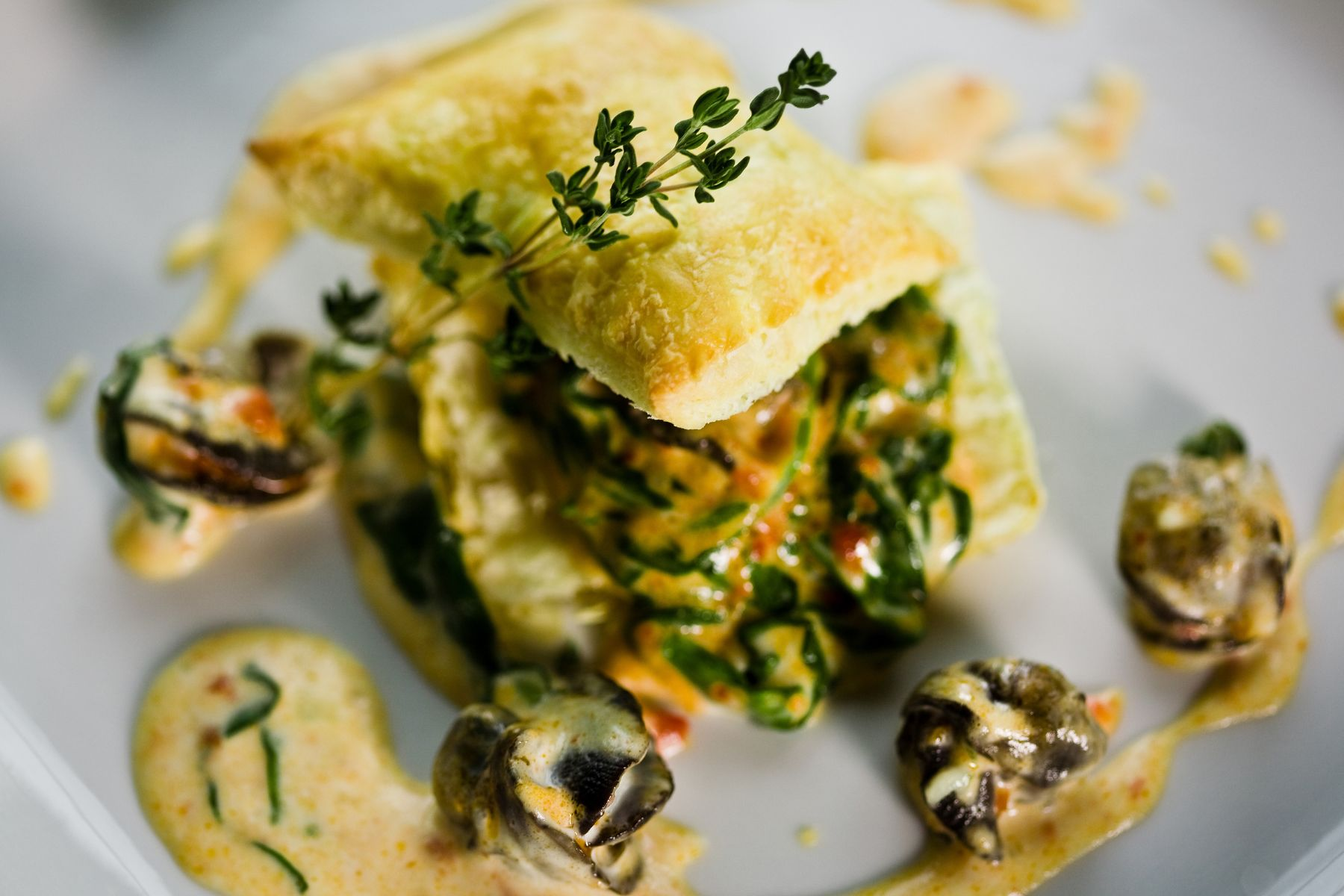
1. Characteristics of Nouvelle Cuisine
Nouvelle Cuisine, a movement that emerged in the 20th century, introduced a fresh perspective to French cooking. Characterized by lighter, more innovative dishes, Nouvelle Cuisine sought to break away from the traditional norms, focusing on quality ingredients and creative presentations.
Bourgeois Cuisine
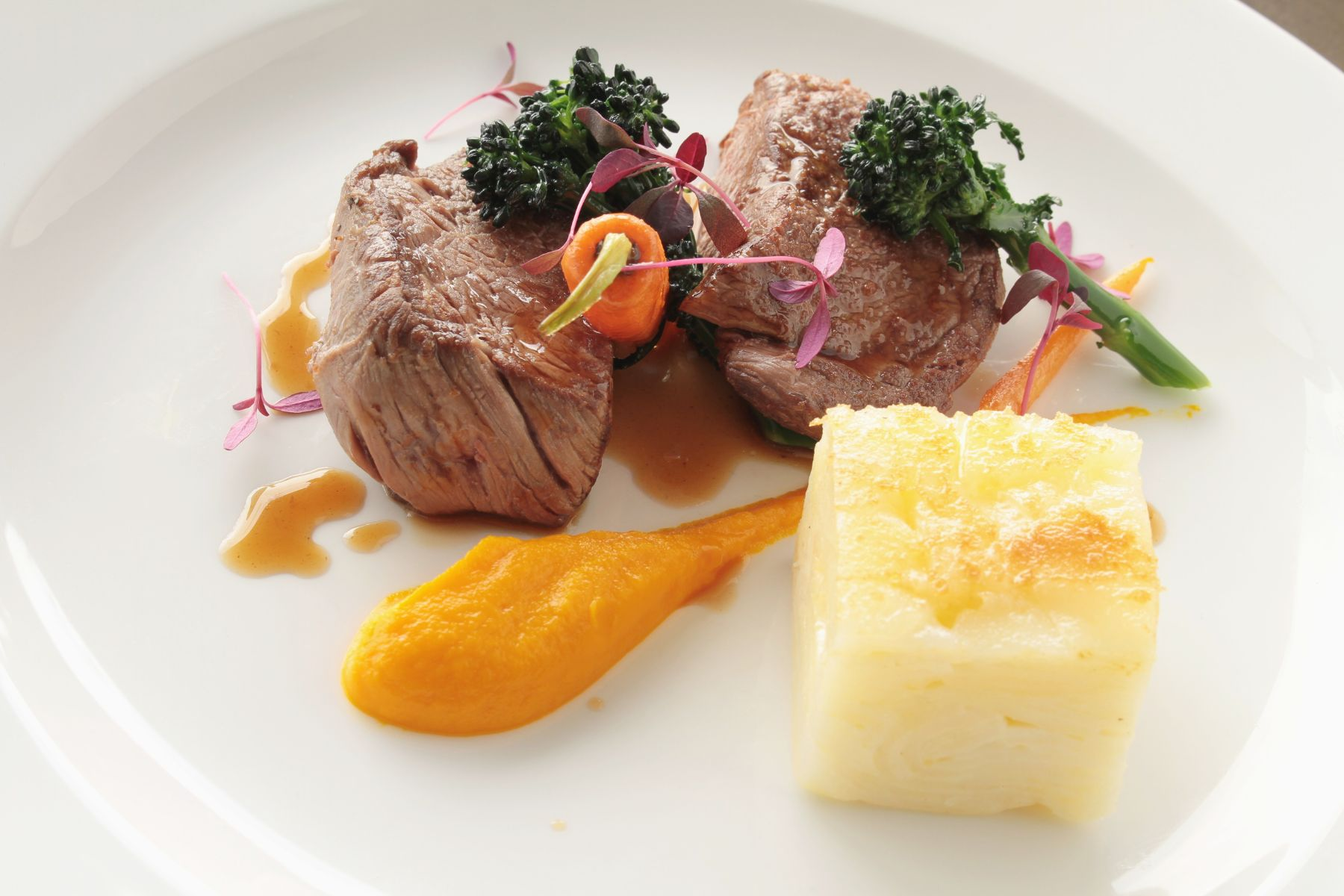
In contrast to the opulence of Haute Cuisine, Bourgeois Cuisine represents the everyday, home-cooked meals enjoyed by the middle class. It highlights the practicality of French cooking, showcasing how simple ingredients can be transformed into flavorful dishes.
The Foundations of French Cooking: Techniques and Ingredients
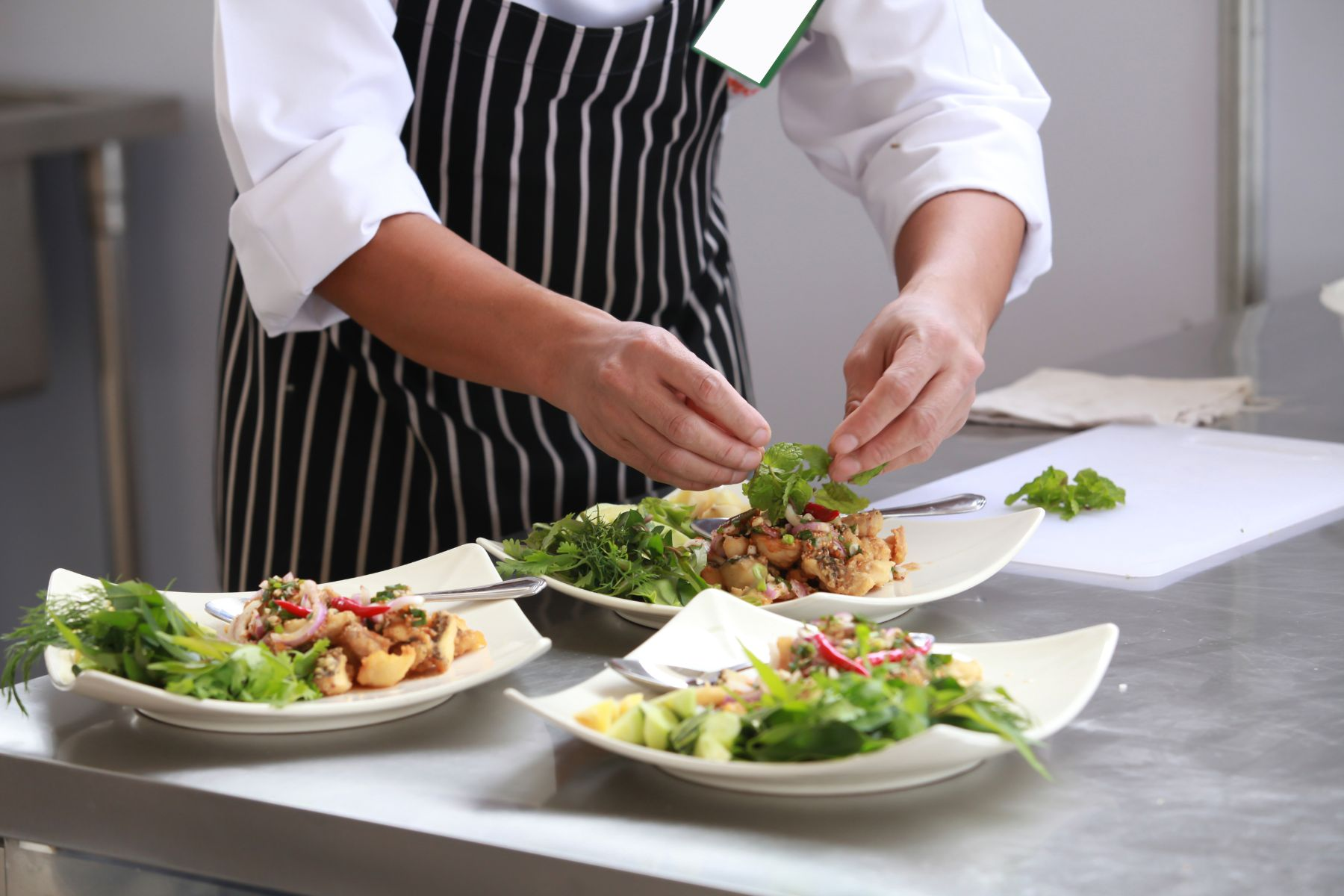
A. Techniques
1. Mise en Place
At the heart of French cooking lies the meticulous preparation known as "Mise en Place." This technique emphasizes the importance of organizing and arranging ingredients before cooking, ensuring a smooth and efficient culinary process. Understanding the significance of Mise en Place is fundamental to mastering the art of French cuisine.
2. Saute
The technique of sautéing, a cornerstone of French cooking, involves cooking food quickly over high heat. This method enhances flavors, preserves the texture of ingredients, and is a skill every aspiring French cook must master.
3. Braise
Braising, a slow-cooking method that combines searing and simmering, imparts rich flavors to meats and vegetables. This technique is essential in creating the hearty stews and casseroles that define French comfort food.
4. Confit
Confit, a preservation method that involves slow-cooking meat in its own fat, is a technique with deep roots in French culinary tradition. The result is tender, flavorful meat that can be enjoyed in various dishes.
5. Flambe
Flambé, the dramatic technique of igniting alcohol to create a burst of flames, adds a theatrical touch to French cooking. While it enhances the presentation, it also imparts unique flavors to certain dishes.
B. Ingredients
1. Quality Produce as the Foundation
At the heart of French cooking is the emphasis on using the finest, freshest ingredients. From the bustling markets of Paris to the vineyards of Bordeaux, quality produce forms the foundation of every French meal.
2. Specialties of French Cuisine with Changing Seasons
French cuisine celebrates the changing seasons, with each time of the year bringing forth its own specialties. From the vibrant produce of spring to the hearty dishes of winter, the culinary calendar in France is a testament to the harmony between food and nature.
French Dining Experience
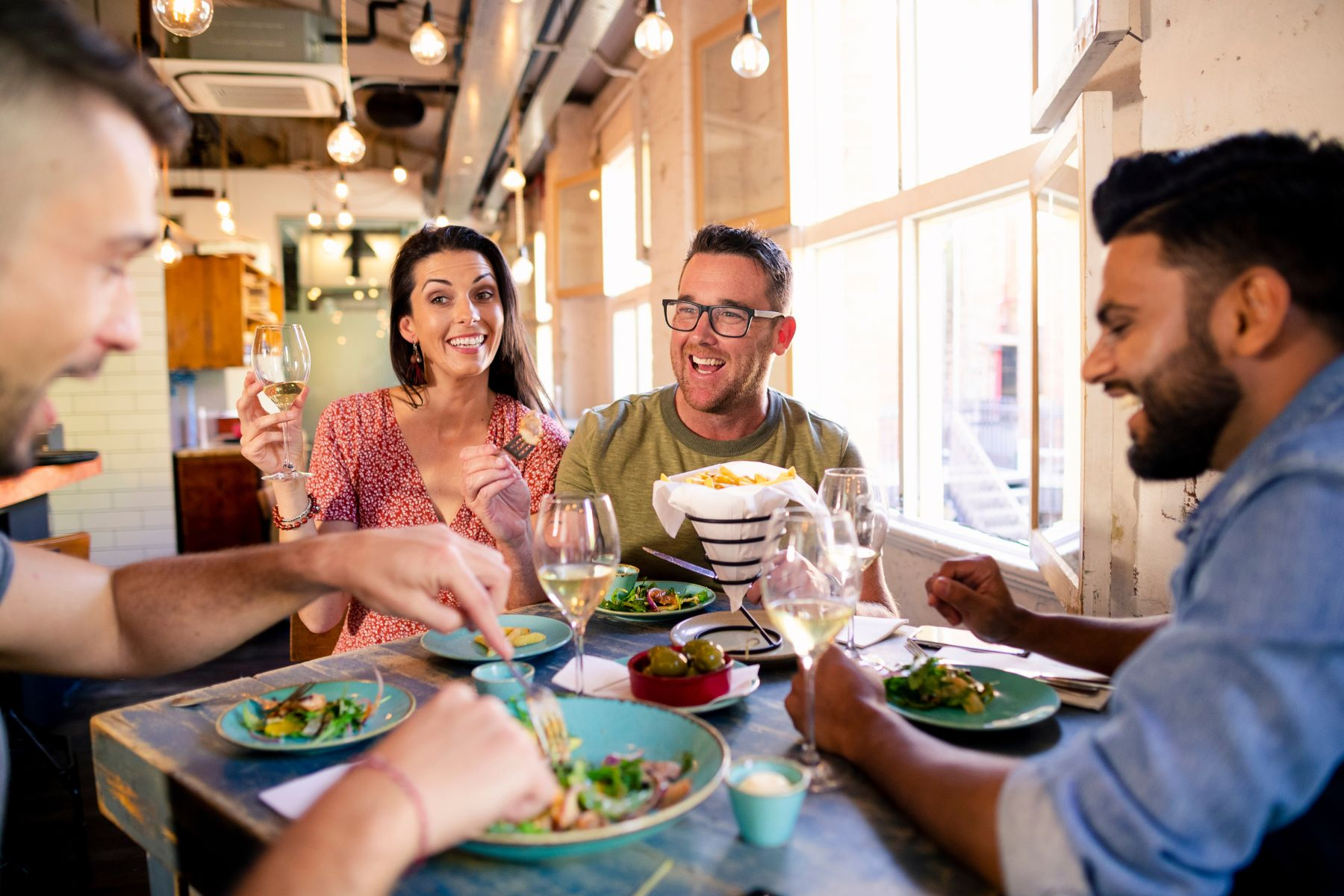
The Traditional French Dining Experience
Dining in France is not merely a meal; it's an experience. The traditional French dining experience involves savoring multiple courses, each meticulously crafted to showcase the flavors and textures of the ingredients.
Christmas French Cuisine
During the festive season, French cuisine takes on a special allure. Christmas in France is marked by indulgent feasts featuring classic dishes like foie gras, oysters, and the iconic bûche de Noël.
A Comprehensive Guide to Beverage and Drink Terms in French Cuisine
The French take their beverages as seriously as their food. From the elegance of Bordeaux wines to the simplicity of café au lait, understanding the beverage culture is integral to fully appreciating French cuisine.
What makes French Cuisine Unique?
Beyond the holidays, understanding what makes French cuisine unique is an exploration of cultural influences, regional specialties, and the artful presentation that defines the French dining experience.
Christmas French Cuisine
Celebrating Christmas with a French touch involves savoring classic dishes and festive treats. Dive into the world of French holiday traditions, from the aromatic mulled wine to the delectable galette des rois.
French Utensils and Cooking Tools
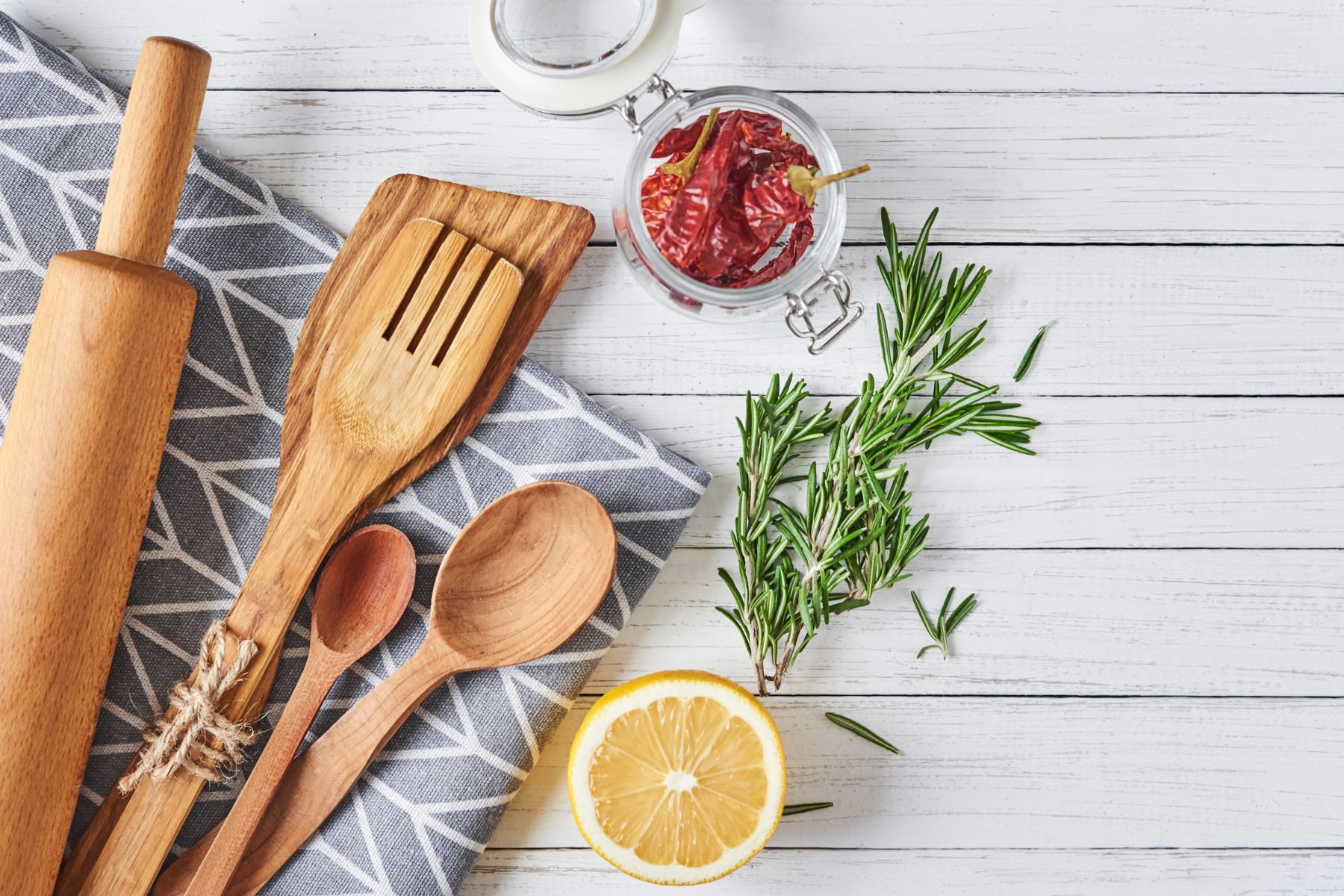
Overview of French Utensils
French cooking is not only about techniques and ingredients but also about the tools used in the kitchen. An overview of French utensils provides insights into the precision and craftsmanship that go into creating culinary masterpieces.
Essential French Cooking Utensils
From the classic chef's knife to specialized tools like mandolines and pastry brushes, the array of utensils in a French kitchen is as diverse as the dishes they create. Understanding these tools is key to mastering the art of French cuisine.
Is French Food Good?
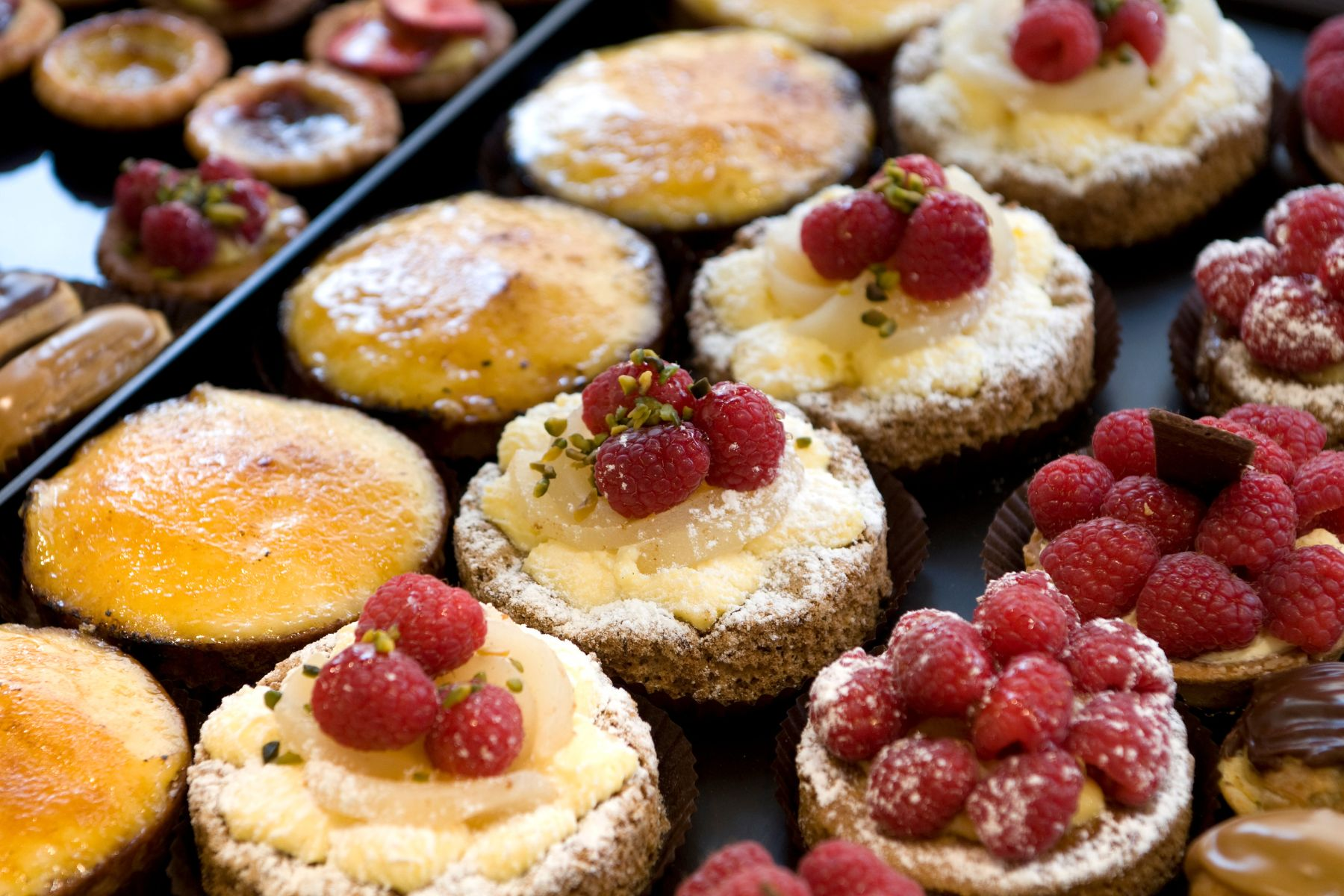
Unveiling the Quality and Uniqueness of French Food
French food has earned a global reputation for its exquisite taste, culinary finesse, and a commitment to using high-quality ingredients. In this section, we explore the factors that contribute to the exceptional quality and uniqueness of French cuisine.
-
The Essence of French Gastronomy:
French gastronomy is synonymous with a commitment to excellence. Understanding the principles that guide French cooking allows us to appreciate the dedication to quality that defines the essence of French gastronomy.
-
The Role of Fresh Ingredients:
At the heart of French cuisine is a dedication to using fresh, locally sourced ingredients. Explore how the emphasis on fresh produce contributes to the vibrant flavors and nutritional value of French dishes.
-
Elegant Presentation in French Dishes:
Presentation is a crucial aspect of French cooking. From the artful arrangement of ingredients to the meticulous plating of dishes, the elegant presentation in French cuisine adds to the overall sensory experience of enjoying a meal.
-
Exploring True French Cookbook:
Unraveling the pages of a true French cookbook is a journey into the soul of French cooking. Discover the authenticity, time-tested recipes, and culinary wisdom that define a genuine French cookbook.
A Brief History of French Cuisine
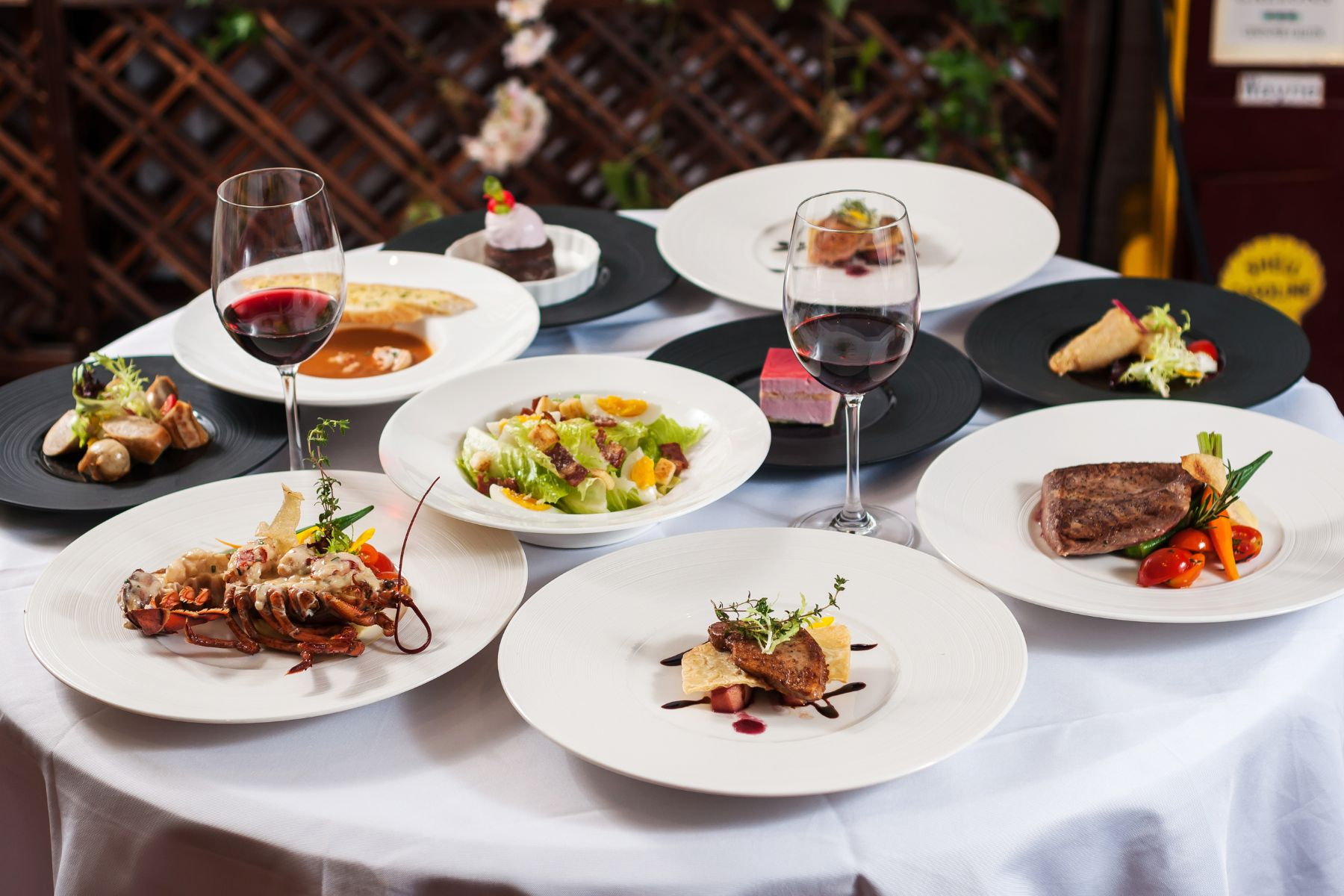
Back in Time: Medieval Cuisine
To understand the roots of French cuisine, we journey back to the medieval period, where the foundations of culinary techniques and flavors were laid.
Moving Ahead: Influences in French Cooking
The Renaissance marked a period of exploration and cultural exchange, influencing French cooking with new ingredients and techniques.
A Restrictive Regime Halts Culinary Advancements
The Ancien Régime, characterized by rigid social structures, impacted the evolution of French cuisine. Despite these challenges, culinary advancements persevered.
The Advent of Haute Cuisine
The 19th century witnessed a culinary revolution with the advent of Haute Cuisine. Discover how culinary giants like Marie Antoine Carême and Auguste Escoffier transformed French cooking, elevating it to an art form.
The French Revolution Brings Many Changes
The turbulent times of the French Revolution brought about significant changes, not only in society but also in the culinary landscape. The revolution influenced how food was produced, distributed, and consumed.
Hungry For More?
As we conclude this historical overview, the appetite for more knowledge about the evolution of French cuisine continues. The journey through time sets the stage for understanding the complexity and richness of this culinary tradition.
What Makes French Cuisine Unique?
Exploring the Uniqueness and Distinctiveness of French Cuisine
French cuisine stands out not only for its techniques and flavors but also for its unique characteristics that set it apart from other culinary traditions. From the emphasis on fresh ingredients to the artistry of presentation, each aspect contributes to the distinctiveness of French cooking.
French cuisine's allure lies in its uniqueness— a distinct tapestry of flavors, techniques, and cultural influences that set it apart on the global culinary stage.
-
French Bread:
Central to French dining is the iconic French bread, a staple that reflects the deep-rooted tradition of bread-making. Explore the significance of this culinary essential in French culture and cuisine.
-
Italian Influences:
While French cuisine stands proudly on its own, it's essential to acknowledge the influences from neighboring Italy. Discover how Italian influences have woven into the fabric of French cooking, creating a harmonious blend of flavors.
-
Dishes Served:
From the classic coq au vin to the delicate ratatouille, French dishes are a celebration of diverse ingredients and meticulous preparation. Uncover the stories behind some of the most beloved dishes that have become synonymous with French culinary excellence.
-
Regional Dishes:
French regional cuisine adds another layer of diversity, with each locality boasting its own specialties. Journey through the regions of France, exploring the unique flavors and culinary traditions that define each area.
-
Fine Dining and French Restaurants:
The concept of fine dining finds its epitome in French restaurants. Examine the elements that make dining in a French restaurant a sensory experience, from the ambiance to the meticulously crafted menus.
-
High Cuisine and Leading Chefs:
High cuisine, an elevation of traditional French cooking, showcases the skills of leading chefs. Explore the innovative techniques and artistic presentations that have earned these chefs international acclaim.
-
Catherine de Medici and Culinary Influences:
Delve into history to uncover the culinary influence of Catherine de Medici, a key figure in introducing Italian culinary customs to the French court. Explore how her legacy shaped the future of French gastronomy.
-
Trained Cooks and Culinary Schools:
The legacy of French cuisine is passed down through generations of trained cooks and culinary schools. Examine the role of formal culinary education in preserving and evolving the traditions of French cooking.
-
Fresh Ingredients and Natural Flavors:
At the heart of French cuisine is a commitment to using fresh, high-quality ingredients that allow natural flavors to shine. Understand the significance of this approach in creating the exquisite taste that defines French dishes.
-
Separate Courses and Elegant Presentation:
French meals are often served in separate courses, each thoughtfully prepared and presented. Explore how this dining tradition, coupled with elegant presentation, contributes to the overall experience of enjoying a French meal.
-
Various Dishes and Culinary Diversity:
The diversity of French cuisine extends beyond a few signature dishes. Discover the vast array of flavors and preparations that showcase the culinary diversity found in French kitchens.
-
Egg Yolk and Culinary Techniques:
The use of egg yolk in French cuisine is both symbolic and practical. Uncover its significance and explore how culinary techniques leverage this ingredient to achieve rich textures and flavors.
Conclusion
Master the Art of French Cooking and Expand Your Culinary Horizons
As we conclude our culinary journey through the realms of French cuisine, we invite you to embrace the artistry, flavors, and techniques that make it a timeless masterpiece. Whether you aspire to become a French chef, enhance your cooking skills, or simply savor the delights of French food, mastering the art of French cuisine opens a world of culinary possibilities.
In the world of gastronomy, French cuisine stands as a testament to the marriage of art and flavor. From the bustling markets of Paris to the vineyards of Bordeaux, the essence of French cooking lies in its dedication to quality ingredients, meticulous techniques, and a profound appreciation for the dining experience. As you embark on your own culinary journey, may the spirit of French cuisine inspire your creativity and elevate your passion for the art of cooking.

